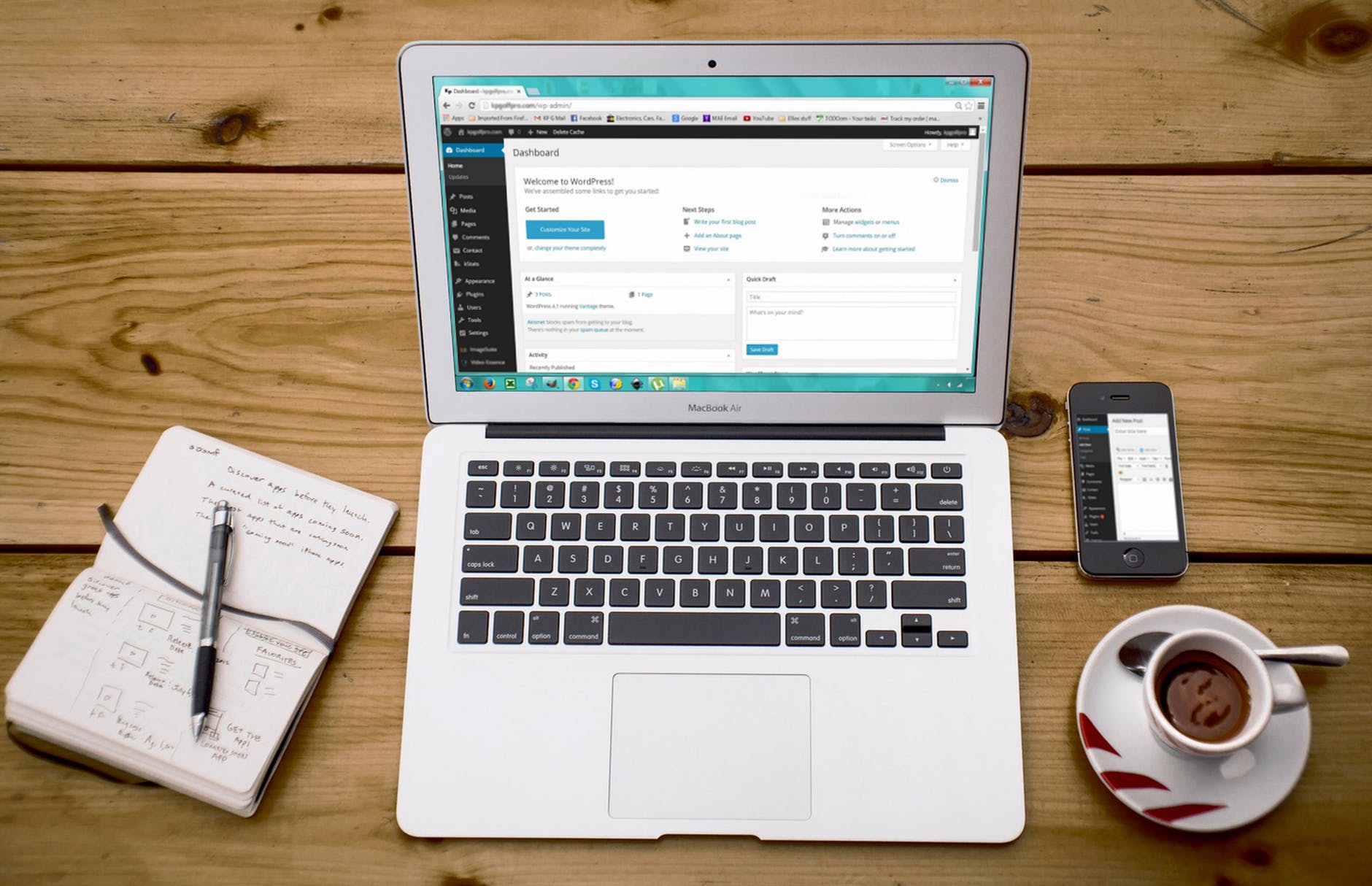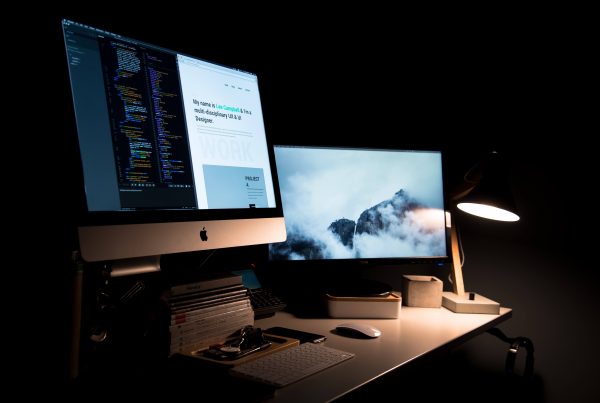SEO is all about optimizing your content for search engines.
Or is it?
When we dig into the origins of SEO, we have to remember that SEO isn’t for the sake of search engines. SEO is a yardstick that search engines use to mimic the human user experience.
SEO has always been first and foremost about user experience. Even then, it can be tough for website owners to understand and follow web design best practices for SEO because the design temptation is always ever present to add complex bells and whistles to your website.
However, nothing is more human- and SEO-friendly than a clean, simple website design.
The benefits of clean web design
Clean web design has so many benefits. It affects not only your SEO, but your user experience, brand reputation, and more.
1. Clean design doesn’t age
Do you remember Angelfire websites from the late 90s? They were characterized by Comic Sans font, green marbled backgrounds, and even sparkling cursors. They were an affront to humanity, but they fit in with design fads of the time.
When we look at these chuckle-worthy old sites, we can tell that they didn’t age well. At all.
When you design a site based on what’s popular now, you’ll have to redesign your site every year to keep up with the times. That’s a recipe for increased costs, hours of work, and endless headaches. If you don’t want to redesign your site every time tastes change, go with clean design in the first place.
‘Clean’ doesn’t mean ‘boring,’ either. Go for elegance and great design over sensational fads. A sophisticated color palette and neutral font will win every time. Skip the quarterly site revamps and stick with a classic design that will stand the test of time.

2. Simple design is easy on the eyes. Literally.
It shouldn’t be a chore to read your site’s content. Walls of text might give users lots of information, but it’s unlikely they’ll read all of it. Actually, 58% of all internet users skim content, so it’s unlikely any user is reading all of your content word for word.
If you greet visitors with a huge wall of text, they aren’t even going to bother skimming; they’ll bounce from your site instead. Clean design makes your content easy on the eyes. It formats content in a way that’s scannable and easy to understand.
While content is obviously important, it’s more important to keep engaged users on your site. Clean design helps you prioritize the most important information to avoid overwhelming visitors.
3. Clean design expands your reach
Did you know that clean design also goes hand in hand with accessibility? People living with disabilities rely on clean design, both on the front and back end of a site, to understand your content.
Clean design cuts through the clutter and noise with a simple, elegant message. This removes barriers and expands your reach to all audiences.
4. Improve your load time with clean design
More than half of all mobile users bounce if a site takes more than three seconds to load. Aside from being annoying, a slow load time impedes your ability to rank well for SEO. Search engine crawlers hate seeing slow load times, which are indicative of a poor user experience.
Fortunately, clean web design automatically streamlines your site. There are less bells and whistles on site to slow your load time. Say goodbye to huge images and crazy fonts: clean design streamlines all aspects of your site for speed.
How to design clean
The great thing about clean design is that it isn’t difficult to implement. While there are a lot of options out there when you design your site, we recommend trying these six best practices for clean, SEO-friendly site design.
When in doubt, call on an experienced web design company, like Logical Media Group, for a helping hand.
1. Choose WordPress
WordPress is an amazing content management system. This readymade CMS lets you organize your content in a way that’s automatically optimized for search engines. There are thousands of WordPress themes that are already optimized for simplicity, speed, and SEO. Manage your content in a CMS to organize content for your users and for search engines.

2. Update your images
Images can make or break your page speed. People often assume that web design means using images and graphics everywhere. While graphics are a great tool, they should still be used sparingly. It requires a skilled hand to design a speedy site with tons of images.
When you do use images, be sure to optimize them. Always compress images as much as possible; the smaller file size will take less time to load. Remember to include alt tags on the backend. This helps search engines ‘see’ what your content is about.
3. Be responsive
Any web designer worth their salt is already designing responsive sites. But even then, we’re still seeing websites that haven’t been optimized for mobile users. 60% of all searches happen on mobile devices. Responsive design is no longer a nice-to-have; it’s a must.
Search engines analyze your site’s mobile experience. You can have an amazing desktop experience, but if your mobile experience is lackluster, you’ll see a drop in SEO rank. Use responsive design every time, without fail. Design everything like this from the beginning to avoid complicated fixes in the future.
4. Speak the lingo
And by ‘lingo,’ we mean coding language. HTML and CSS are the gold star standard for clean web design. Elements like Flash and Javascript might be cool, but they’re an SEO disaster waiting to happen.
Search engines particularly despise Flash. Because they can’t read any backend data on Flash, they’re essentially ‘blind’ to it. If you do use Flash, don’t use it for critical elements or important text. And definitely don’t use it for your site’s navigation.
Javascript is also a great addition that should be used sparingly. Just like Flash, you shouldn’t design an entire site in Javascript. Stick with HTML and CSS, which search engines can read with no problems.
The bottom line
Clean web design is the future. Don’t pull shortcuts; design your site the right way from the beginning. You’ll be rewarded with happier users and a boost in your SEO rankings. Let’s leave cluttered design and Comic Sans where they belong: in the past.








